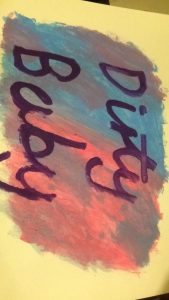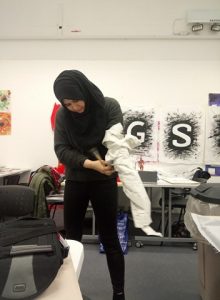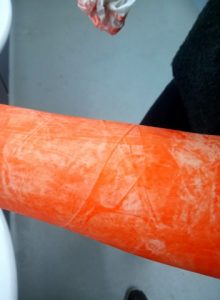I recently visited the Gagosian gallery, in London, where I saw Richard Serra’s huge scale sculptures. The sculptures were made from plates of industrial sized steel and took up the whole entire room that they were in. In one room were two cylinders of steel and in the other room was a huge structure to which you were able to walk around inside.
Due to the structure being so large and it’s being made from raw industrial material made me feel very small and fragile in comparison. When walking through the tiny corridor within the sculpture it began to get narrower at the top which felt very uncomfortable and quite intimidating as it was almost as if I was being trapped by this incredibly heavy object.
Richard Serra’s work explores how sculptures can be enjoyed both visually and physically, he wanted to create an environment for the viewer and not just create something to look at in a museum. Serra wanted the audience to be part of the art. He often created sculptures in the outside world so they can be viewed by everyone rather than only people who visit galleries, making his work universal but also controversial as he is known to have sued the American government for removing one of his works.
When I first saw Serra’s work they were arguably the most interesting pieces of art I have seen in a gallery, simply because I was so shocked at the vast scale within such a small room and the fact that it’s exactly not what you think of when you think of art; a huge industrial sized sheet of steel. Pictures seen of Serra’s art does not do it any justice, the intense feeling of seeing it in the flesh is lost.
https://www.gagosian.com/artists/richard-serra/artist-exhibitions
https://www.gagosian.com/artists/richard-serra
https://www.gagosian.com/exhibitions/richard-serra–nj1–may-07-2016
https://www.theguardian.com/artanddesign/2016/oct/13/richard-serra-review-nj-2-gagosian-britannia-street-london

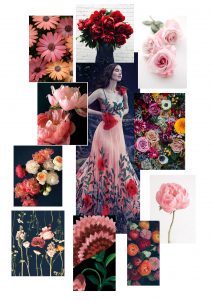
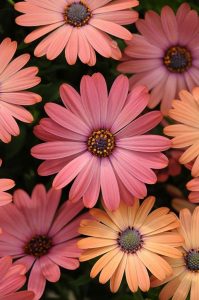
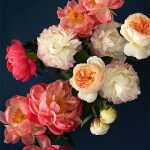

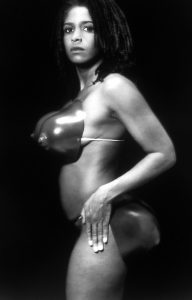 https://artintheblackdiaspora.wordpress.com/2014/05/01/renee-cox-hot-en-tot/
https://artintheblackdiaspora.wordpress.com/2014/05/01/renee-cox-hot-en-tot/